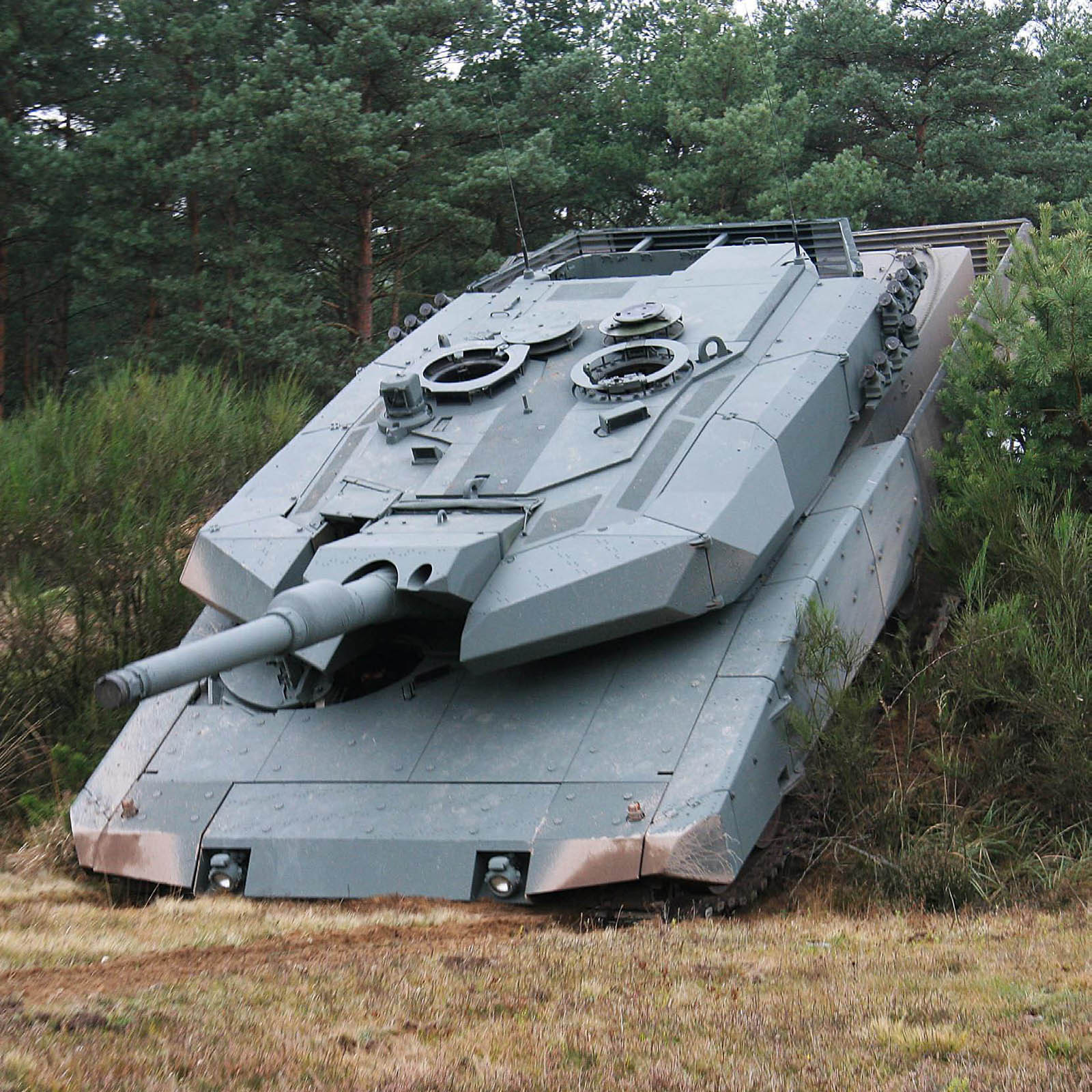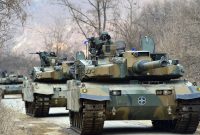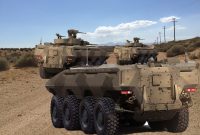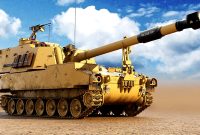The Leopard 2 A4 stands as a heavyweight main battle tank (MBT) designed and manufactured by Germany’s Krauss-Maffei Wegmann. Developed during the 1970s and introduced into the German military in 1979, the Leopard 2 A4 was one of the world’s most advanced MBTs at the time and continues to be a formidable force on today’s battlefields.
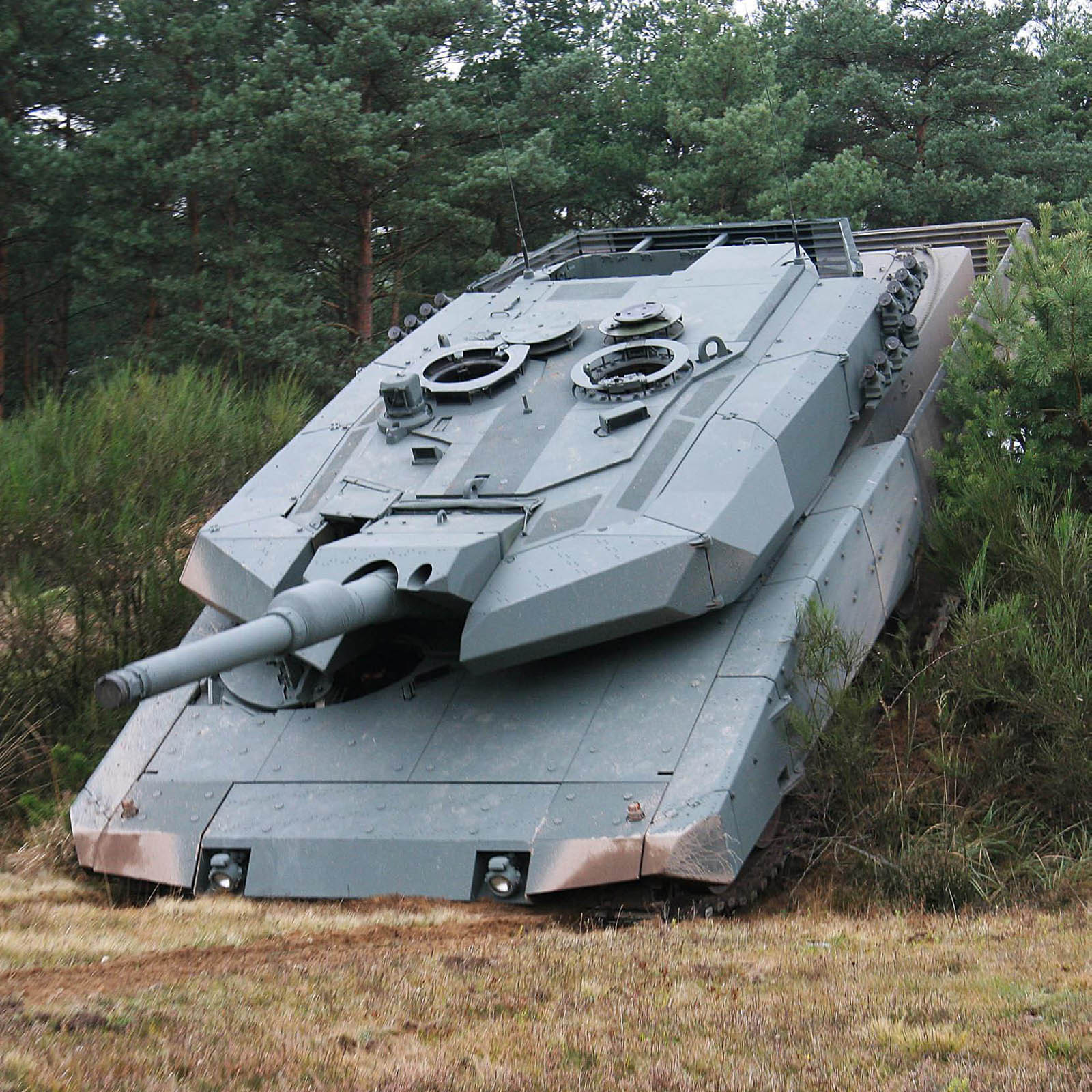
The strength of the Leopard 2 A4 is derived from a combination of key elements:
-
Formidable Armament: The Leopard 2 A4 is armed with the powerful Rheinmetall L/44 120mm main gun, capable of penetrating armor thicker than 500mm. The main gun is complemented by a coaxial 7.62mm machine gun and an anti-aircraft 12.7mm machine gun.
-
Outstanding Protection: This tank is protected by composite and steel armor, capable of withstanding armor-piercing rounds from opposing MBTs. It is also equipped with an active protection system (APS) capable of intercepting anti-tank missiles.
-
High Mobility: The Leopard 2 A4 is powered by a 1,500-horsepower diesel engine, enabling the tank to reach a top speed of 68 km/h. Additionally, the tank can ford water depths of up to 4.1 meters.
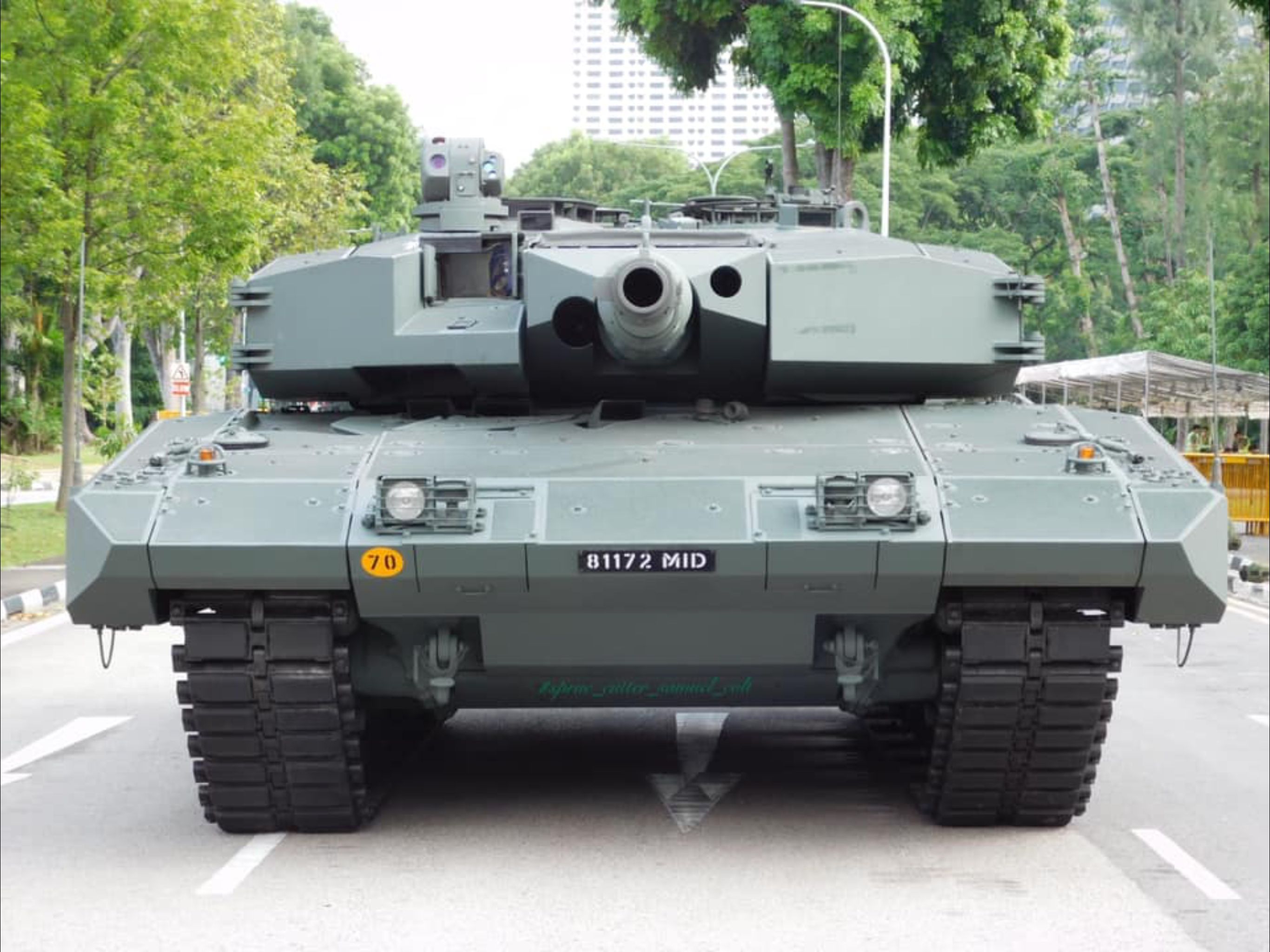
Operational History:
The Leopard 2 A4 has seen action in numerous conflicts, including the Gulf War (1990-1991), the Kosovo War (1999), and the Afghanistan War (2001-2021). In all these conflicts, the Leopard 2 A4 has consistently demonstrated its combat capabilities and reliability.
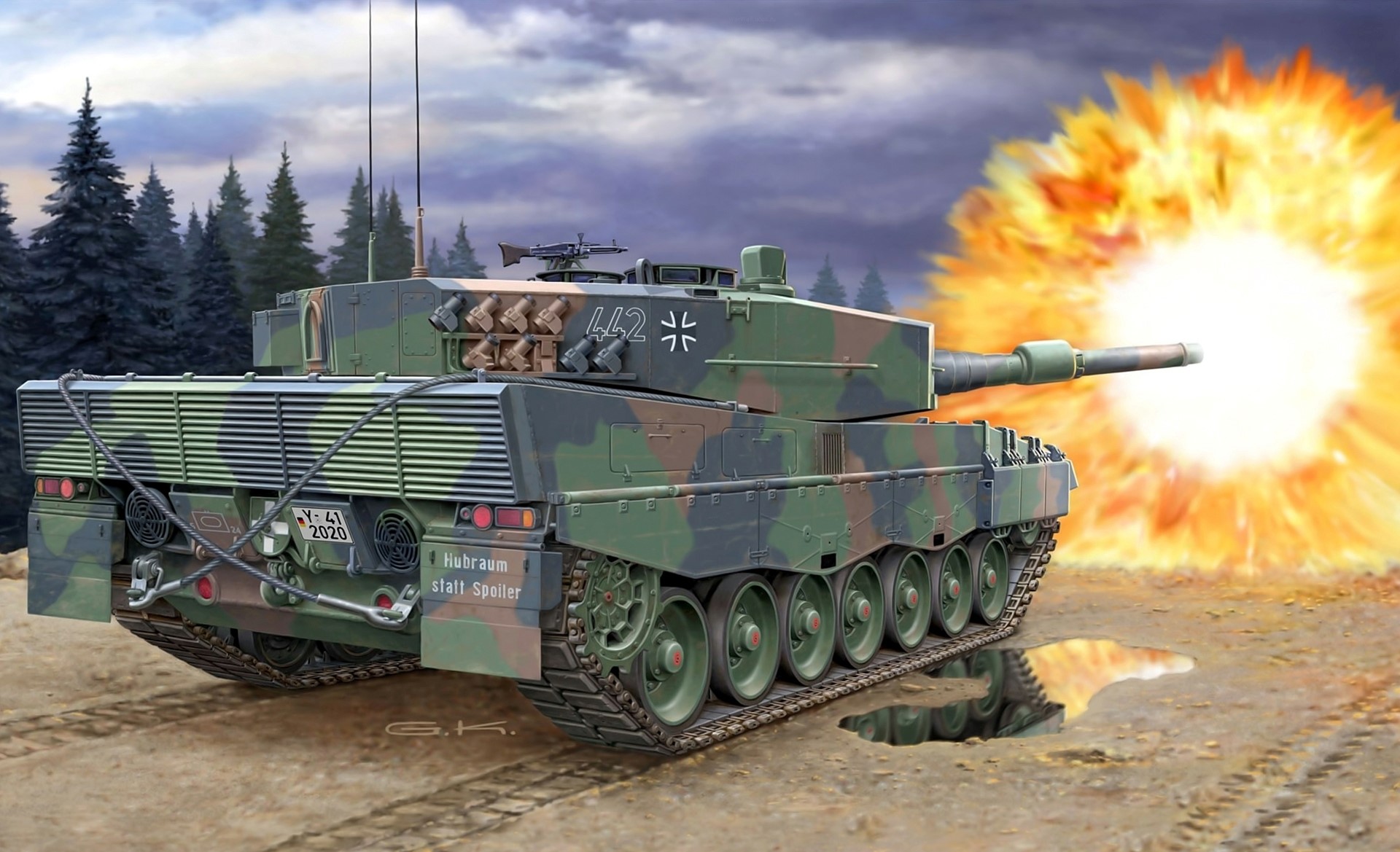
Global Usage:
The Leopard 2 A4 is currently in service with over 10 countries worldwide, including Germany, the Netherlands, Sweden, Turkey, and Indonesia. The tank has also been exported to various other nations, including Jordan, Kuwait, and the United Arab Emirates.
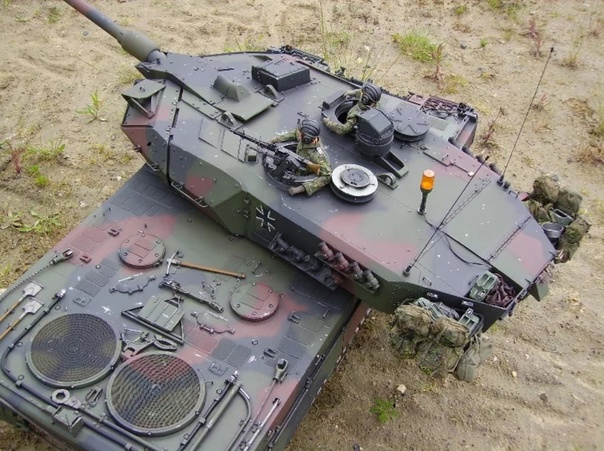
Conclusion:
The Leopard 2 A4 is a powerful and formidable main battle tank. It represents one of the most advanced MBTs globally and continues to be a dominant force on the modern battlefield. Its combination of potent firepower, exceptional protection, and high mobility make it a force to be reckoned with. As the Leopard 2 A4 remains a cornerstone of armored warfare, its enduring legacy serves as a testament to the German engineering and military prowess that created this legendary machine.

